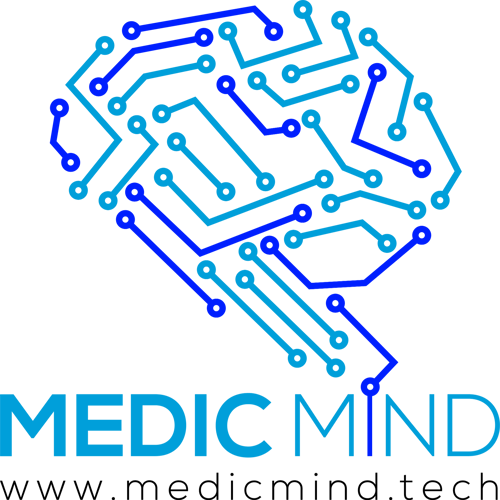Getting Started Tutorial
Learn how you can create your own deep learning convolutional neural network here
Deep learning
Deep learning is part of a broader family of machine learning methods based on artificial neural networks
Learning can be supervised, semi-supervised or unsupervised
Most of what you will be doing here with MedicMind is supervised and semi-supervised learning
We highly recommend you download a copy of the user manual below
Setting Up An Account
You can choose your login name and create an account filling in the prompt and text boxes within the page or pop-up link
Once the information is completed, you can click "Create account"
Demo Classifier
After logging in the classifier page allows you to create a new classifier or use an existing 'Diabetic Macular Oedema' demo
This demo cannot be modified but can be used for evaluation
To test an image for Oedema click on the 'Diabetic Macular Oedema' folder and an evaluate folder is displayed on the right
Click on the 'evaluate' the classifier and upload your own Oedema image to get an Oedema score
Refer to step evaluate section for more information
The graphs at the bottom show accuracy, specificity, sensitivity and loss vs training time and will be discussed further in step evaluate
Getting Started
Step 1
From creating account to trialing your demo neural network.
Selecting the Type of Classifier
Medicmind has three types of classifiers:
1. Grading classifier
2. Labeled classifier
3. Multi class classifier
When deciding on which classifier to use, ask yourself the following question - Are you classifying by type or by amount?
Classifying by class: whether an image is a dog or cat is classifying by type and is known as classifying by class
Classifying by amount/grade: how full a glass of water is, or the level of haemoglobin in a patients face or retinal grade
When classifying by class use the multiclass classifier. When classifying by grade choose between the grading classifier or labeled classifier.
Using the graded classifier
Part 2
By default the grading classifier has two grades, positive and negative. More can be added as required. For example a medium grade can be created with a value of 0.5. To add more grades so such as 'normal', 'medium' or 'high' click on 'Add new bin' Enter the bin name such as 'medium' and enter the value of the bin and then click 'create bin'. Change the names of the existing bins, such as changing 'negative' to 'low', by clicking on the bin. In the page above the grade 'negative' can be changed to 'low' in the rename box. It can also be used to change the value of the bin too. Click the 'rename' button.
Labeled Classifier
The second type of classifier is the labeled classifier. Instead of dragging images into grades of different values, there is a single directory of images with a CSV file or text file containing the grade of each image. Create a labeled classifier by clicking on 'Create Labeled classifier' on the classifier page. To upload a dataset a zip file with multiple images with a text file listing an amount for each image can be uploaded. The images can also be dragged individually and add a CSV file added separately. Click on the 'images' icon to upload images. For more information on data sets for labeled classifiers go to Step 3. Once 100 images have been uploaded click on 'run classifier' like in the grading classifier to begin training.
Labeled classifer
Part 3
Multiclass classifier
Part 4
YOLO (You Only Look Once)
Part 5
A real-time object detection system.
User Manual and Instruction
Learn more about MedicMind deep learning convolutional network
Download the manual now
